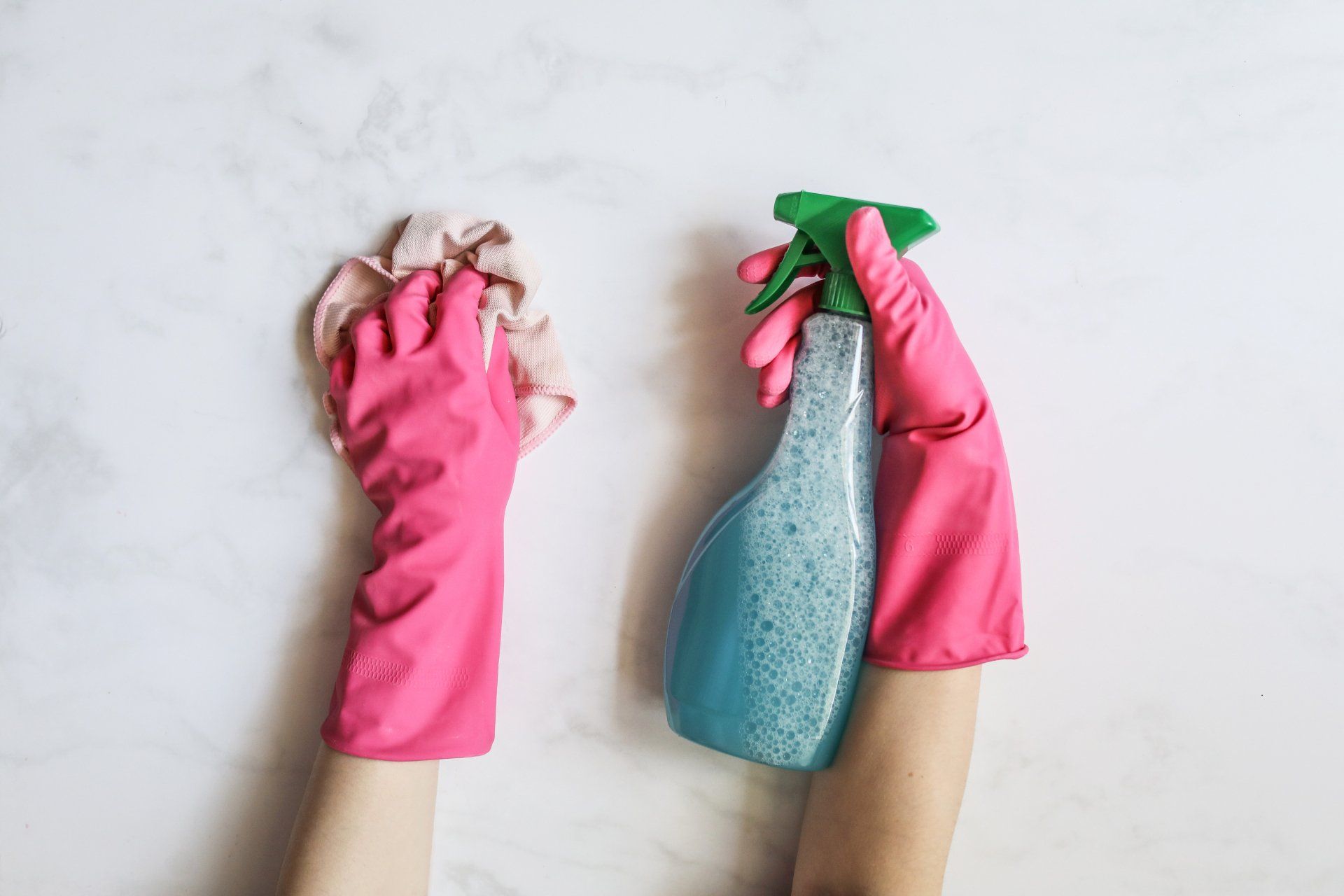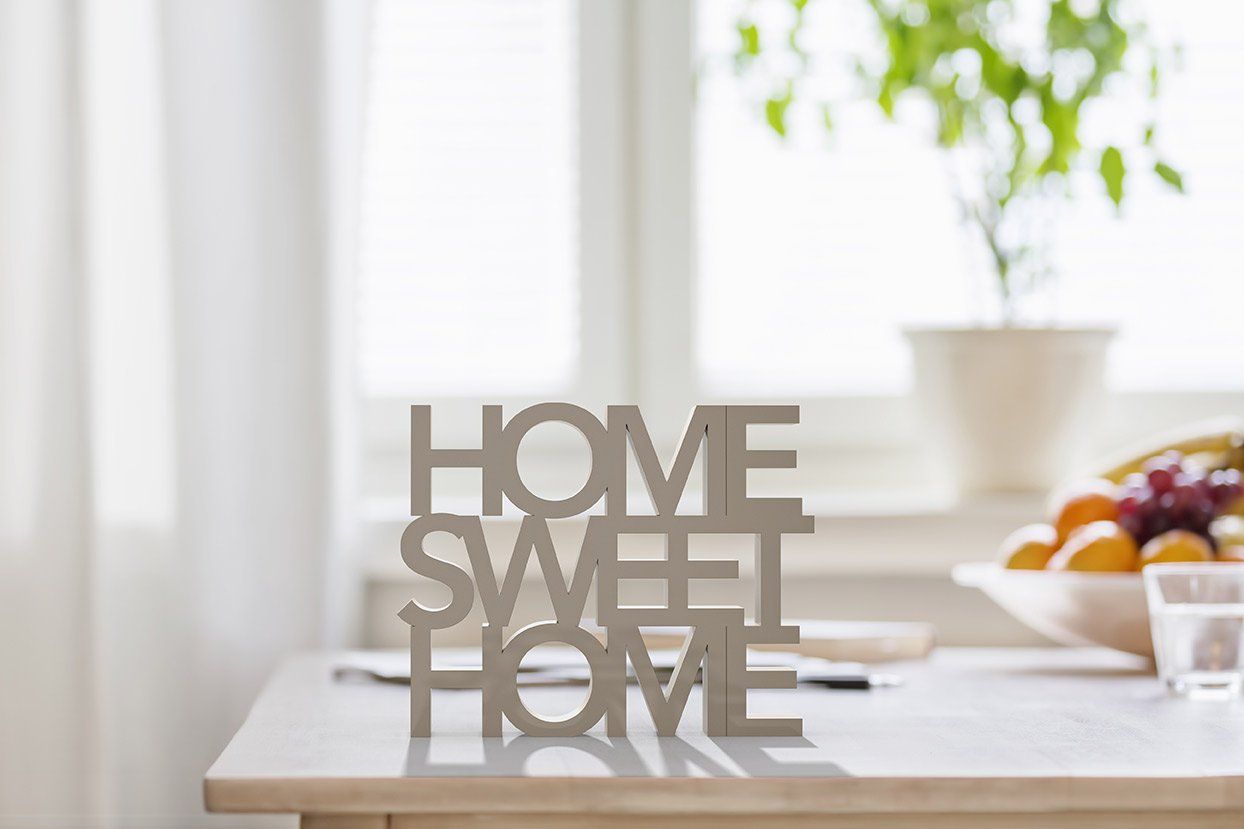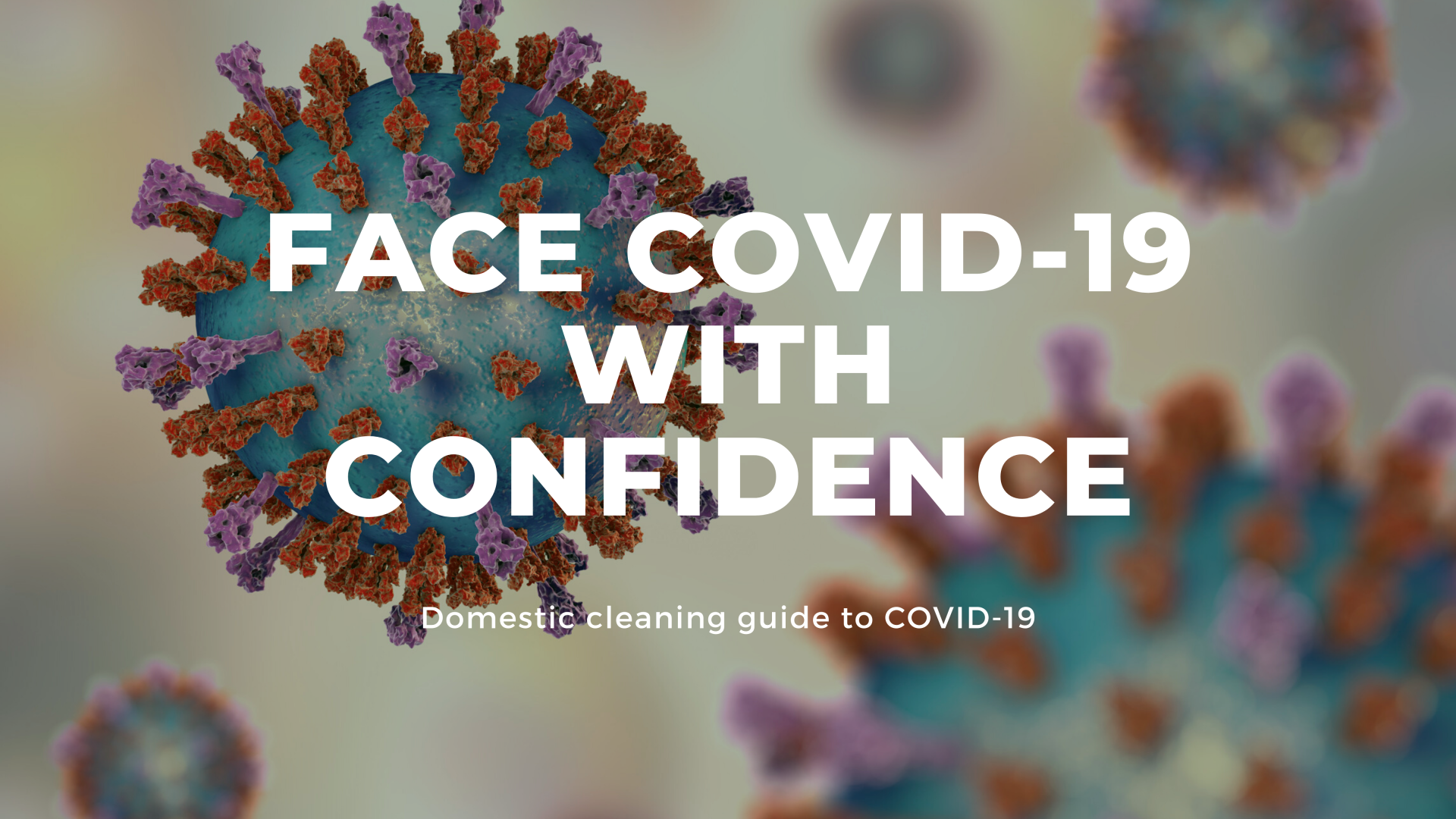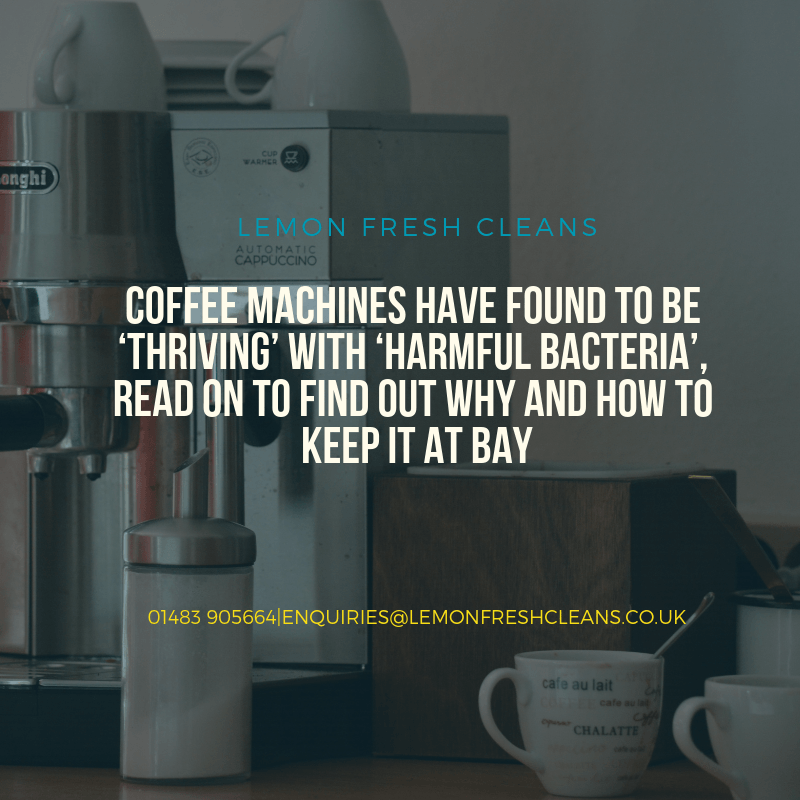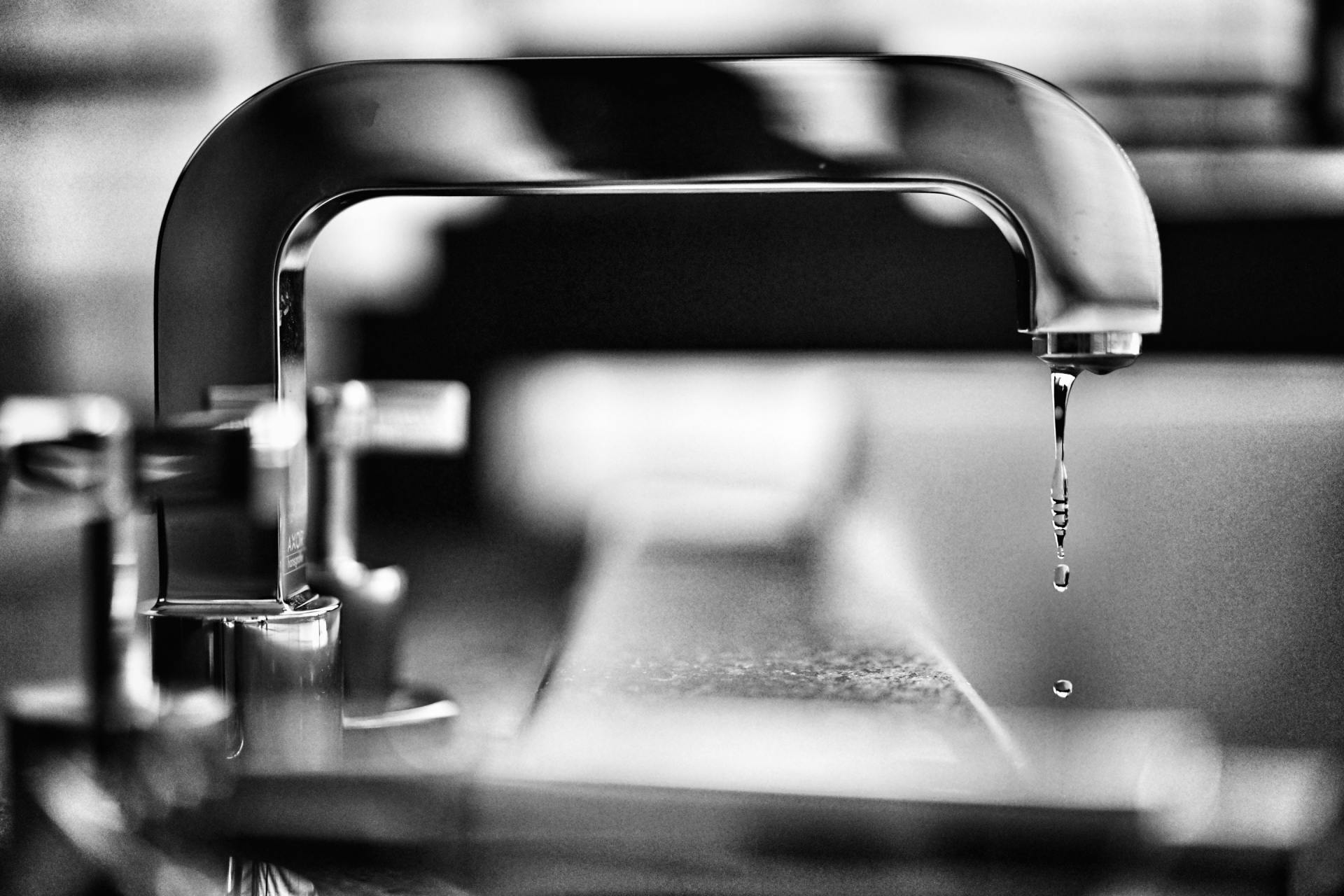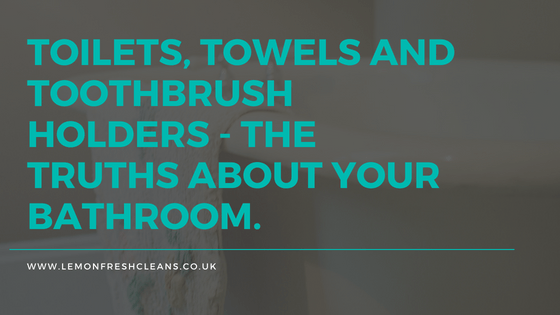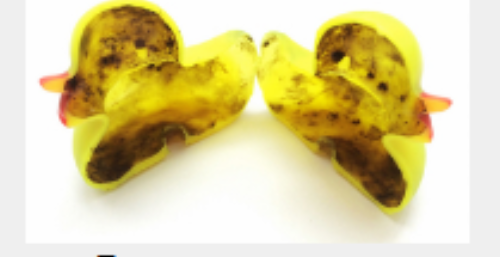BLOG

By Lemon Fresh Cleans
•
04 Apr, 2018
Limescale content in our tap water is ‘linked to the geological nature of the soil’ (Cleaning Wizard, 2018) and statistics from water supplier, Sutton and East Surrey Water state that ‘85% [of water] comes from underground’ in the region. This means our water is exposed to the rock and minerals that make it high in limescale, or ‘hard’. So, we are here to enlighten you on the effects it has and the tricks to removing it. ‘Hard’ water is largely filtered through limescale and chalk deposits which means there is a high level of calcium and magnesium mineral ions. There are currently 4 water suppliers who provide water to Surrey: South East Water, Sutton and East Surrey Water PLC, Thames Water and Affinity Water. Affinity Water is the main water supplier to the Woking area and state on their website that their ‘supply area has, in general, ‘hard’ or ‘very hard’ water’ (Affinity Water, 2018). As a result, you may find that it is difficult to produce a lather from soap when you wash your hands or shower, but also that limescale is deposited on: tapware, silverware, electrical appliances such as coffee machines and kettles and glassware. Let’s be honest is a real pain, so here are some tricks and tips to removing it! It’s worth knowing that limescale can’t be removed instantly, it takes time and there are two main ways of tackling it yourself. Firstly, you can use products that aren’t chemical based or secondly, chemical cleaning products. Of course if neither of these suit you and you’d rather someone else do it that’s where our services at Lemon Fresh Cleans come in. The first choice of limescale removal for most people are natural products such as vinegar and lemon juice. Natural acids such as these can be left to soak from an hour - overnight then scrubbed off, usually on areas where limescale gathers such as kitchen and bathroom surfaces and taps. The only downside of this eco-friendly approach is it is time consuming and if not done properly the scrubbing can lead to damage of surfaces and metallic objects such as taps. The second choice lies in cleaning products such as Viakal, which are affordable and accessible online and in most supermarkets. Again, there is a risk of damage to taps and surfaces. So if you’re unsure, don’t want to take the risk or just don’t have the time then contact us and enquire about our services and how we can keep your home or business limescale free. References Affinity Water. (2018). Check your water hardness. Available: https://www.affinitywater.co.uk/check-hardness.aspx . Last accessed 28th March 2018. Cleaning Wizard. (2018). What are the effects of limescale on your life?. Available: https://www.supersavvyme.co.uk/home/cleaning-wizard/what-are-the-effects-of-limescale-on-your-life . Last accessed 28th March 2018. SES Water. (2018). Our Water resources. Available: http://www.waterplc.com/pages/community/our-water-resources/ . Last accessed 28th March 2018.
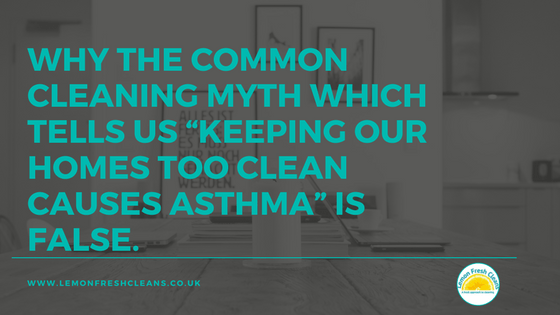
By Lemon Fresh Cleans
•
20 Mar, 2018
Current statistics state that 5.4 million people Nationwide suffer from asthma. To put that into perspective: 1 in 11 children suffer, 1 in 12 adults suffer and 1 in 5 Households is home to a sufferer (Asthma UK). This information suggests that you, a family member, or someone you know is currently suffering from asthma. So, it’s about time we cleared up the myth that surrounds cleaning and how it impacts asthma, the ‘chronic (long term) lung disease’ that so many of us across the UK struggle with on a daily basis (NHLBI). The common cleaning myth suggests that “over cleaning your house is making your asthma worse”. Whereas, in reality cleaning your home sufficiently reduces or even prevents some of the most prevalent asthma triggers around such as: dust mites, mould, pet hair and cold and flu viruses. Cleaning controls the residence of and exposure to harmful germs and microbes in the home and it has been proven that ‘deep cleaning [acts] as an effective asthma reduction method’ (Fields Smith, M). People will often complain that they react to dust mites and ‘as many as 90% of people with asthma are sensitive’ to them (Asthma UK). Dust mites are more susceptible to fabric based areas in rooms such as the lounge and bedrooms, regular dusting could do you the world of good! Mould on the other hand is mostly found in damp areas, for example the bathroom and kitchen. Cleaning and effectively drying these damp areas of the house will heavily reduce mould spores from developing there and becoming a problematic trigger for asthma. Health experts have ‘known for some time that colds and flu can raise your risk of having an asthma attack’ (Asthma UK), which makes it even more important we contain the spread of them. Cold and flu viruses are not entirely avoidable and there is a high likelihood for germs to gather on door handles, tables, work tops and other areas that used regularly. However, using antibacterial and cleaning products to thoroughly clean such areas will heavily reduce the risk of the spread and lower the impact of the trigger. If you think Lemon Fresh Cleans services can help you in relation to this please call one of our team who will be happy to assist https: www.lemonfreshcleans.co.uk/contact-us References Asthma UK. (2018). Asthma facts and statistics. Available: https://www.asthma.org.uk/about/media/facts-and-statistics/ . Last accessed 20th March 2018. National Heart, Lung and Blood Institute. (2014). Asthma. Available: https://www.nhlbi.nih.gov/health-topics/asthma . Last accessed 20th March 2018. Fields Smith, M. (2016). Asthma and Carpets - the truth behind the myth. Available: http://worldwidecarpets.co.uk/asthma-carpets-truth-behind-myth/ . Last accessed 20th March 2018.
Business Hours
- Monday
- Open 24 Hours
- Tuesday
- Open 24 Hours
- Wednesday
- Open 24 Hours
- Thursday
- Open 24 Hours
- Friday
- Open 24 Hours
- Saturday
- Open 24 Hours
- Sunday
- Closed
All Rights Reserved | Lemon Fresh Cleans
© 2024
